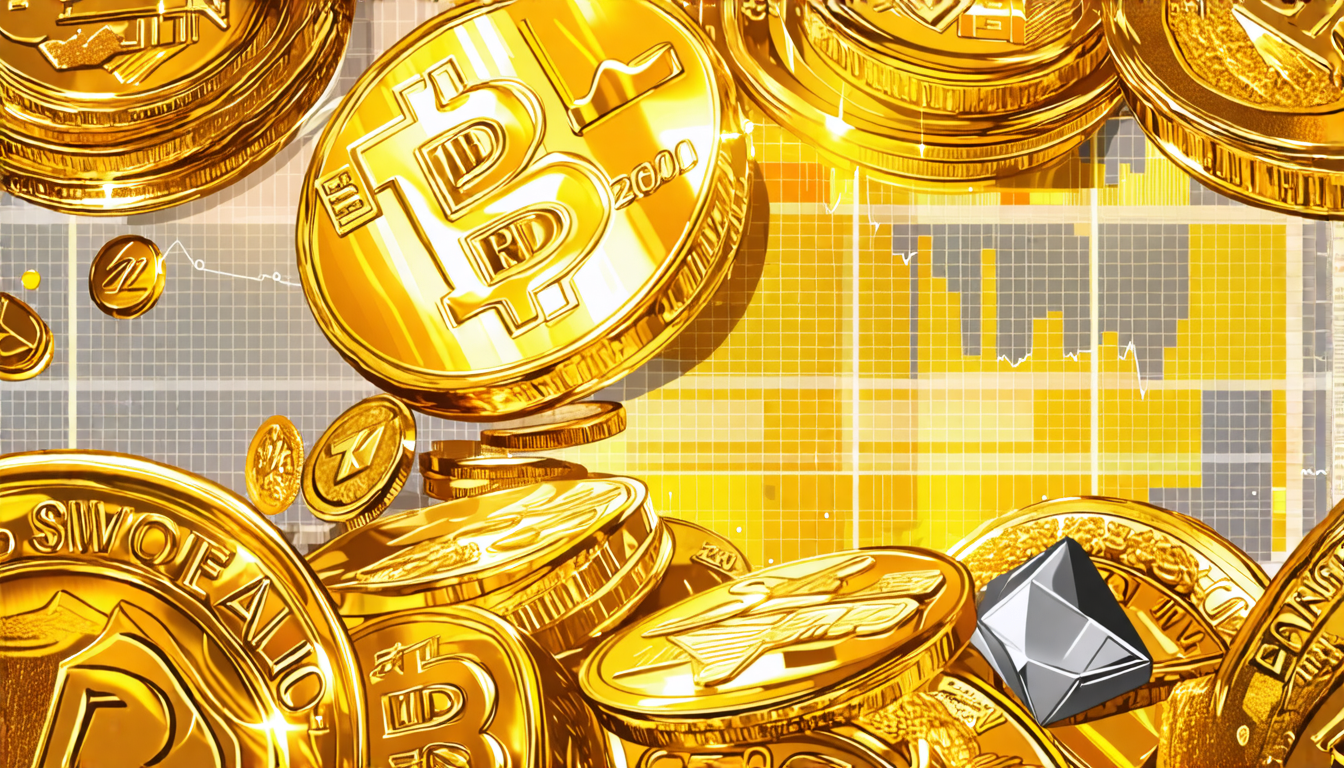Table of Contents Show
Gold and Silver Market Trends Following US Federal Reserve’s Rate Cut
Record High Gold Prices
Gold prices have reached an unprecedented high, with spot gold trading at $2,631.09 per ounce as of September 23, 2024. This new record came after the metal breached the significant $2,600 per ounce threshold, demonstrating robust market conditions and strong investor demand.
On September 23, 2024, the spot gold price increased by 0.4% to reach $2,631.09 per ounce, with an intra-day high of $2,634.16. This upward movement is part of a broader trend, where gold has surged over 27% in the year, setting it on course for its most substantial annual gain since 2010.
Impact of Federal Reserve’s Rate Decisions
The U.S. Federal Reserve’s recent decision to cut interest rates by half a percentage point—the first rate cut since 2020—has had a profound impact on the gold market. This easing strategy is expected to continue, with market futures traders pricing in another 75 basis points of cuts by the end of the year and an additional full percentage point next year.
This monetary policy shift is anticipated to weaken the U.S. dollar, making gold more attractive and affordable for international buyers. As a result, increasing global demand for gold is likely to sustain upward pressure on prices.
Geopolitical tensions, such as ongoing conflicts between Israel and Hezbollah, have further bolstered gold’s appeal as a safe-haven asset. Additionally, central banks, including Saudi Arabia’s central bank, have been significantly increasing their gold reserves, reflecting a collective strategy to diversify and hedge against economic uncertainties.
Technological and Industrial Demand
Aside from its traditional roles in investment and jewelry, gold is seeing growing demand in technological and industrial applications. Its use in electronics and renewable energy sectors is expanding, which could sustain demand and provide an additional boost to prices over the coming years.
Meanwhile, silver markets, though often overshadowed by gold, are also experiencing shifts influenced by similar economic and industrial trends. Investors and industry participants alike should closely monitor these developments as supply constraints and heightened demand dynamics play out.
Economic Uncertainties and Market Expectations
Ongoing economic uncertainties, including inflationary pressures and the upcoming U.S. election, are enhancing gold’s appeal for investors seeking to diversify their portfolios and hedge against potential market volatility. The interaction of these factors continues to build a favorable environment for gold investment.
Combined, these elements underscore a strong outlook for the gold and silver markets amid the evolving global economic landscape. As central banks, investors, and industries navigate these dynamics, gold and silver prices are poised to remain key indicators of broader market sentiments and trends.










